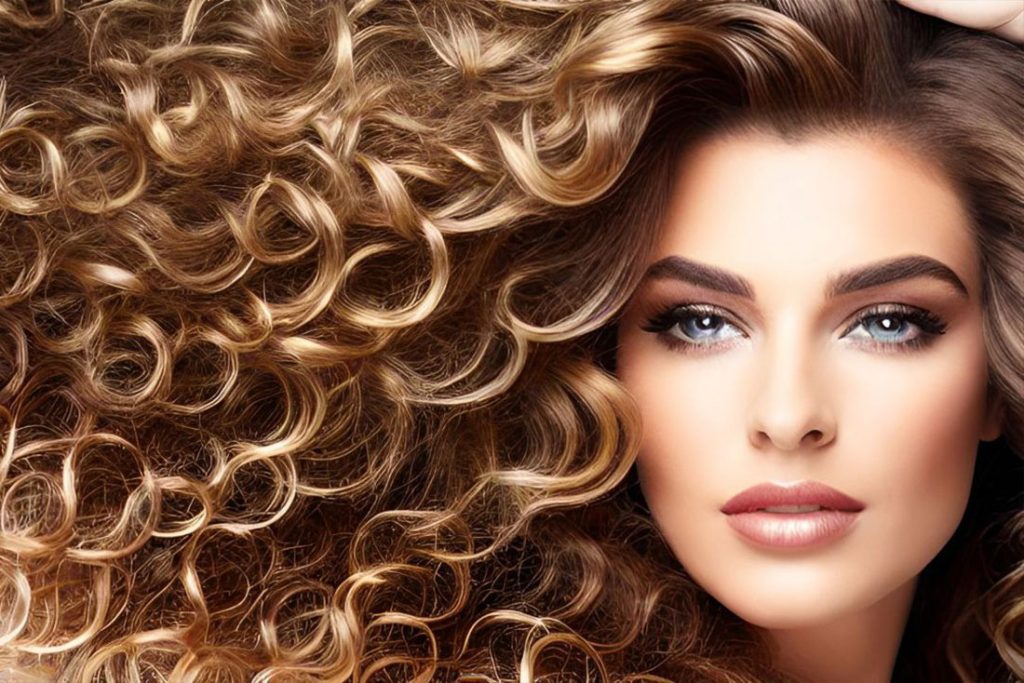The Importance of Understanding Hair and Scalp Diseases for Cosmetologists
Cosmetologists are often the first line of defense when it comes to recognizing hair and scalp disorders. Contrary to the assumption that cosmetologists solely focus on aesthetics, their work also entails a deep understanding of the health conditions that affect the scalp and hair. While not a substitute for medical advice, this expert understanding can serve as an initial guide for treatment and referral. This article explores the critical reasons why cosmetologists need to study diseases and disorders of the hair and scalp.

Identifying Hair Loss Patterns: Common vs. Irregular
The Importance of Distinction
Hair loss is a concern that affects a broad spectrum of individuals, regardless of age or gender. Knowing the difference between common and irregular patterns of hair loss is crucial for cosmetologists, as it informs the approach to client consultation and treatment.
Common Hair Loss
- Androgenetic Alopecia: Commonly known as male-pattern baldness or female-pattern baldness, it’s the most frequent cause of hair loss in both men and women.
- Telogen Effluvium: Temporary hair loss typically related to stress, nutritional deficiencies, or illness.
Irregular Hair Loss
- Alopecia Areata: Patchy hair loss that occurs suddenly.
- Tinea Capitis: A fungal infection that results in hair loss and requires medical treatment.
Practical Implications
Cosmetologists can recommend over-the-counter solutions for common hair loss problems like androgenetic alopecia, or lifestyle changes for conditions like telogen effluvium. However, irregular hair loss patterns require a more careful approach, often necessitating a referral to a healthcare provider for specialized treatment.
Infection Control and Scalp Health
The Role of the Cosmetologist
The salon environment is a potential hotbed for the transmission of communicable diseases and conditions. Cosmetologists have a responsibility not just to style and beautify hair but also to act as gatekeepers in identifying symptoms that warrant medical intervention.
Conditions to Watch Out For
- Seborrheic Dermatitis: While not always infectious, it manifests as dandruff or a more severe form of inflammation on the scalp.
- Head Lice: Highly contagious and requires immediate attention and treatment.
- Psoriasis: A chronic autoimmune condition that appears as red, scaly patches on the scalp.
Practical Implications
Cosmetologists should be trained to recognize these conditions and understand when to turn away a client, both to prevent the spread of communicable conditions and to prompt the individual to seek appropriate medical care.
Conclusion: Beyond Aesthetics
Cosmetologists serve as a valuable intermediary between the aesthetic and medical worlds. Their in-depth understanding of scalp and hair health ensures that clients not only look their best but also maintain the overall health of their scalp and hair. By distinguishing between common and irregular forms of hair loss and by identifying communicable scalp conditions, cosmetologists play a vital role in holistic healthcare. This expertise goes beyond mere beauty and taps into an individual’s overall well-being, solidifying the cosmetologist’s role as an essential figure in health and beauty care.






